PC MS-DOS
games list! |
| Total reviews! |
Handheld: 57 16/32bit Computers: 830 8bit Computers: 416 8bit Consoles: 58 16bit Consoles: 78 32/64bit Consoles: 107 128bit Consoles: 28 |
| OnLine members |
| Currently: 16 |
 |
| Best on 8bit micro! |
International Karate + - Commodore64 Xyphoes Fantasy - AmstradCPC Arkanoid II - AmstradCPC Pang - AmstradCPCPlus Wrath of the Demon - Commodore64 Night Hunter - AmstradCPC Barbarian - AmstradCPC Prince of Persia - SamCoupe Lemmings - SamCoupe |
| Best on 16bit micro! |
Turrican II - Amiga Shadow of the Beast - Amiga Jim Power - Amiga Agony - Amiga Turrican 2 - AtariST Project X - Amiga Super Frog - Amiga Flashback - Amiga Dark Seed - Amiga Flashback - Archimedes Warlocks - Archimedes Cannon Fodder - Amiga Turrican II - PC Universe - Amiga Hurrican - PC Tyrian - PC Super Stardust - AmigaAGA Pac-Mania - X68000 |
| Best on 8bit consoles! |
Pac-Mania - MasterSystem The NewZealand Story - MasterSystem Pang - GX4000 Batman Return of The Joker - nes Battletoads & Double Dragon - nes |
| Best on 16bit consoles! |
Jim Power - snes Donkey Kong Country - snes Aladdin - snes Comix Zone - Megadrive Alien Soldier - Megadrive Blazing Lazers - pcengine Raiden - pcengine Super Star Soldier - pcengine |
| Best on 32bit consoles! |
G-Darius - psone Super Mario 64 - n64 ISS Pro Evolution - psone Perfect Dark - n64 Dino Crisis 2 - psone Resident Evil 2 - psone Metal Gear Solid - psone Oddworld: Abe - psone Klonoa: Door To Phantomile - psone Medievil - psone Nights Into Dreams - Saturn Flashback - CDi |
| Total hits! |
| Puzzle! |
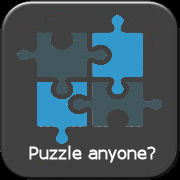 |
| Random Old Ads! |
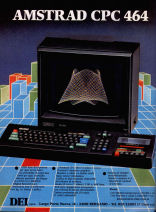 |
| ||||||||||||||||||||||||||
| ||||||||||||||||||||||||||
| ||||||||||||||||||||||||||
 STORY / GAMEPLAY STORY / GAMEPLAY In his desire to gain the Power Crystal, the Grey Lord unleashes the power of Chaos inside his dungeon. Only by recovering the Firestaff from the dungeon's depths can anyone hope to fight the freed evil force. Many champions accepted the challenge, perished and were sealed in mirror tombs (!) within the dungeon. You are now given the opportunity to enter the dungeon and resurrect four of the champions to form a fighting force in one final attempt to win! The dungeon is split into 15 levels, each one fraught with dangers and hazards.The game screen is divided into three main areas: Information about your champions is shown at the top, the menus for controlling the game are shown on the right, and the large area at the left side shows either your view of the dungeon or the inventory of a particular champion. First thing is to select a leader for your team. The leader is your direct link to the dungeon. He can pick up everything your party finds (such as pouches for carrying extra objects, quivers for your arrows, torches, backpacks, clothes, armor etc) open and close doors or do other direct actions (such as moving objects, moving levers to activate gates etc) into the dungeon. It is important to pay attention to how your champions are positioned. The teammates using swords or other weapons (say crossbows), must be adjacent to threats they are attacking or their attacks will never succeed! Your members should have their weapons ready before being surprised by hostiles (that vary from mummies, skeletons, giant rats etc), and this can be achieved only if a weapon is placed in the action hand (icon) of the character. Be noted that every member of your party can also die from thirst or starvation or even by poison, so be careful to pick up bottles and food but first check them before use! Each teammate has his own abilities whilst there is a three-type bar chart that shows health, stamina and manna at any time. When empty handed and no weapon at your disposal, there is an action menu for each of your members, offering the following actions: Punch, Kick or War Cry! More on that, every member of the dungeon party can learn to cast magical spells of limited amount depending on the available manna. To cast a spell, you must first select which member should cast it. Then there is a menu that indicates symbols that represent the basic magic syllables of a spell. Each symbol recited drains the manna level of the spellcaster too! Once a spell is formed, pressing the button will cast it forth. It is very handy to compile an accurate map of your surroundings and maps can help you locate areas of the dungeon you haven't yet explored or avoiding visiting areas you've already been.Dungeon Master is very addictive back then and the game itself has well over 200 hours of playing time. The game is tagged as the greatest computer role playing game ever and, the truth is, it didn't disappointed nobody back then. GRAPHICS / SOUND The MS-DOS version is technically identical to the original Atari ST version and runs in 16 colors although it supports VGA graphics! The majority of the 3D corridors are identical but beautifully drawn whilst the various traps, doors and monsters found in the dungeon are displayed in beautiful animated details within the main window. When running is EGA graphics, the details get a bit pixelized and the max number of colors reaches 7-10 (please check the last three screenshots). Note that the MS DOS version (and Amiga) are identical in colors and details and it runs a bit faster compared to the Apple IIGS and (the original) Atari ST! The Sound it equally good, supporting AdLib and Soundblaster sound hardware and has some creepy sound effects during your quest. | ||||||||||||||||||||||||||
 |
| ||
| ||
| ||||||||
|
|
| ||||||
| ||
PC (ms-dos based)
| ||
| read more... | ||
| The PC (ms-dos based) (default) color palette | ||
 | ||
| CGA: 16-color palette (4 on-screen) | ||
 | ||
| EGA: 64-color palette (16 on-screen) | ||
 | ||
| VGA: 256-color palette (256 on-screen) | ||
| ||
| No comments added yet | ||
| Login to leave your message! |
| Our featured games |
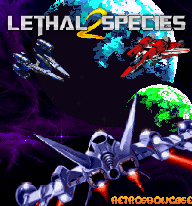 |
| Play old-school now! |
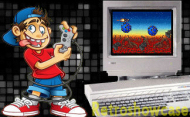 |
| Music Player! |
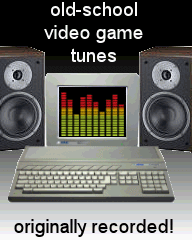 |
| Play ZX on-line!! |
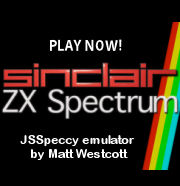 |
| Play CPC on-line!! |
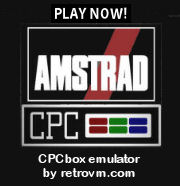 |
| Boot Screens! |
 |
| Retro-games Trivia! |
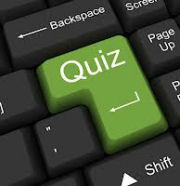 |
| Old-school Crossword! |
 |
| Is this my palette? |
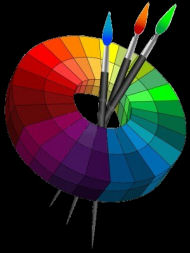 |
| The logo evolution! |
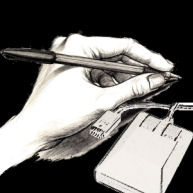 |
| Manuals! |
 |
| Beat them All! |
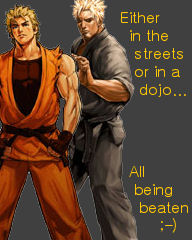 |




 8.0
8.0 7.0
7.0 9.0
9.0













 CPU: Various processors from Intel,AMD, Cyrix, varying from 4.77Mhz (Intel 8088) to 200Mhz (Pentium MMX) and up to 1995 (available on this site)
CPU: Various processors from Intel,AMD, Cyrix, varying from 4.77Mhz (Intel 8088) to 200Mhz (Pentium MMX) and up to 1995 (available on this site)